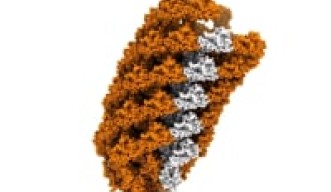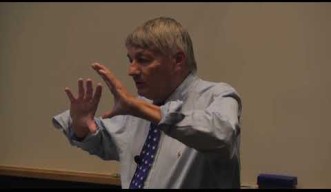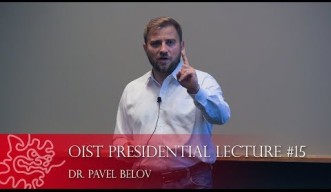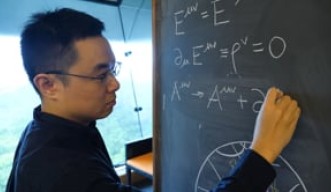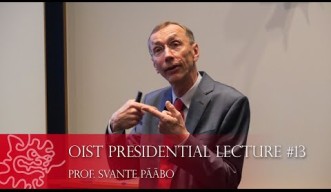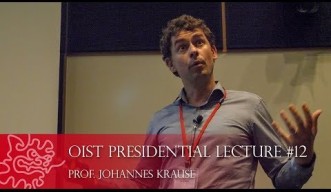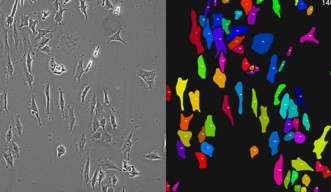"The Molecular Circadian Clock and its impact on Health and Disease" by Professor Fred Turek
(Abstract)
While circadian rhythms (i.e., 24-hour biological rhythms) are a fundamental process of all of life that allows for living organisms to change and adapt to the 24-hour changes in the physical environment due to the rotation of the earth on its axis, only in the past two decades has the field of circadian rhythms become central to biomedical research, as well as to an understanding of the role 24-hour rhythmic changes play in health and disease. This seminar will focus on our research that has been part of the rapid evolution of our understanding of the molecular and genetic mechanisms underlying the circadian clock and how their internal timing systems regulate the generation of hundreds of molecular, cellular, physiological, and behavioral rhythms in all the cells of the body. The talk will also focus on our work that has led to the rapid evolution in our understanding of how disruption of circadian timing can lead to multiple mental and physical disorders. The discovery of the first circadian clock gene in fruit flies in the 1980s, which was awarded the Nobel Prize in 2017, laid the foundation for the development of a deep understanding of the mechanisms underlying the generation of circadian rhythms in mammals and their importance for human health and well-being. This presentation will make the argument that just as Einstein advanced the prevailing idea of one-dimensional time to a new concept of four-dimensional space-time, the merging of time-based biology (i.e., the Clock and circadian rhythms) with the three-dimensional space that occupies existing biomedicine is expected to revolutionize the practice of modern medicine: a revolution that will lead to new Clock- and Time-based diagnostic technologies and treatment strategies, especially in the new era of personalized medicine.
(Biography)
Dr. Fred Turek graduated from Stanford University, in 1973, receiving a PhD in biological sciences from Dr. Colin Pittendrigh. He then completed a two-year postdoctoral fellowship at the University of Texas with Michael Menaker, where he studied in the Department of Zoology from 1973 to 1975 before becoming an Assistant Professor at Northwestern University in 1975. He is presently the Director of the Center for Sleep & Circadian Biology and is the Charles & Emma Professor of Biology in the Department of Neurobiology; he holds joint appointments in the Departments of Neurology and Psychiatry and Behavioral Sciences in the Northwestern University Feinberg School of Medicine. Turek was the founder and first President of the Society for Research on Biological Rhythms (SRBR) from 1987-1992 and he served on the Sleep Research Society Board of Directors from 2011-2014. He has served as a consultant to various government agencies, most notably the DOD, NASA and the NIH, as well as to various other universities and pharmaceutical companies. Research in the Turek laboratory is focused on the study of sleep and circadian rhythms, primarily in rodents, with special interest in identifying genes that regulate sleep and circadian rhythms. He has published over 370 original scientific articles and reviews. In addition to research using rodent models, the Turek laboratory has established extensive collaborations with clinical researchers. Studies in humans are aimed at shifting the human clock in an attempt to alleviate mental and physical problems that are associated with disorders in circadian timekeeping, particularly in the elderly and in shift-workers engaged in the maritime industry. These studies also designed to mitigate fatigue and improve performance under conditions of disrupted sleep and rhythms, including the use of napping strategies. Turek’s sleep, circadian and metabolic studies are focused on how disruption in these interactions can lead to obesity, diabetes, CVD. His most recent human work involves studying the microbiome of identical twin astronauts, one on the ground and the other on the International Space Station (ISS) and his lab has also carried out a mission, launched in 2018, studying the microbiome of mice onboard the ISS.








